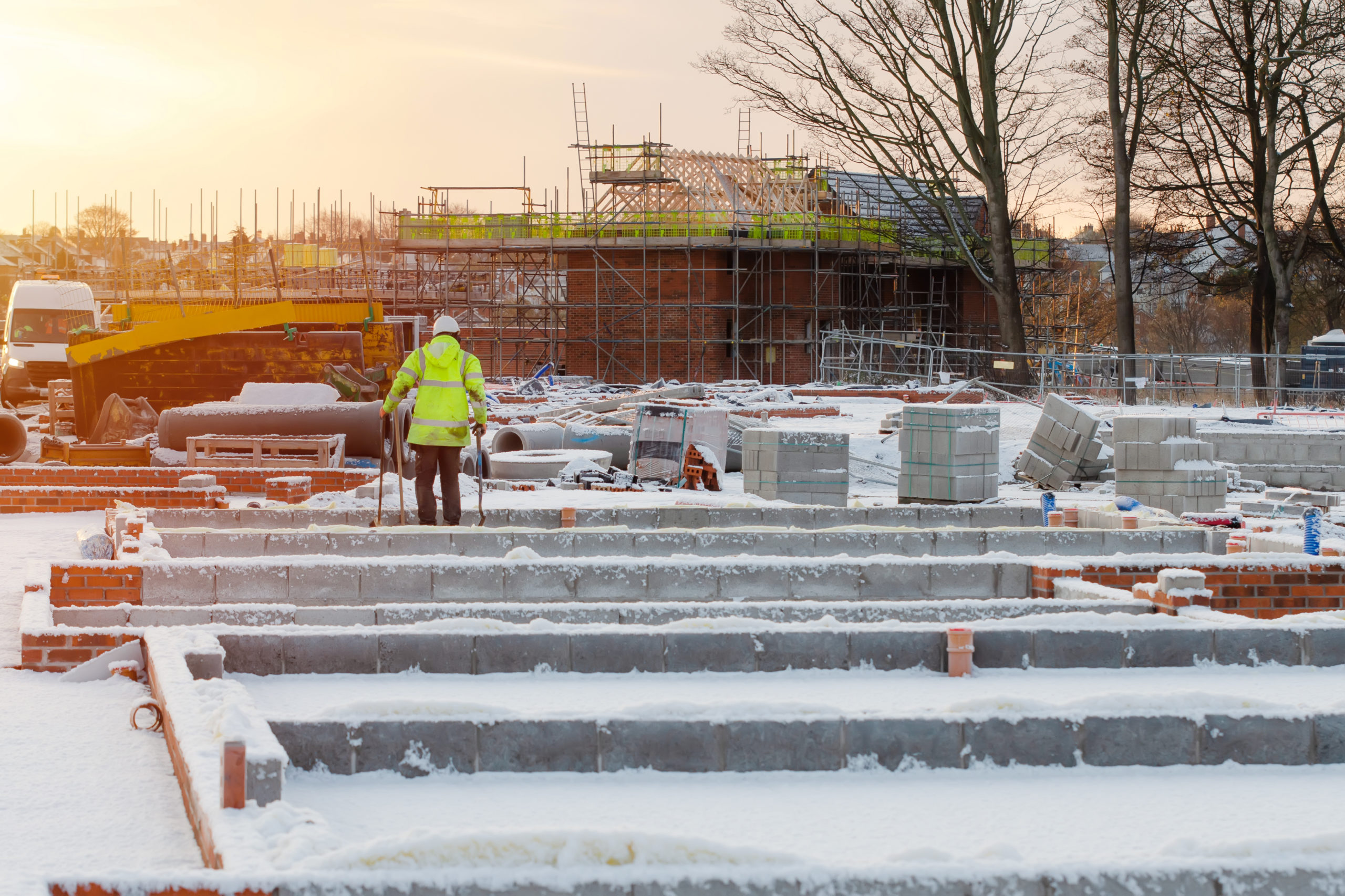About Noise Exposure Monitoring and Community Noise Surveys
Noise Exposure Monitoring
Noise monitoring is an essential operational practice that helps organizations maintain compliance, protect workers’ health, and optimize operational performance by identifying and addressing noise-related risks and opportunities. From personal noise monitoring to area-wide assessments, our thorough approach ensures accurate data collection for informed decision-making. Depending on the noise levels measured in the personal monitoring survey, the Employer may be required to develop a Hearing Conservation Program (29 CFR 1910.95).
What are a few scenarios that would require noise monitoring?
- – Routine Workplace Monitoring: Assess ongoing noise levels, identify potential hazards, and implement control measures to mitigate risks to workers’ hearing health.
- – New Equipment Installation: Assess the potential impact on surrounding work areas and ensure compliance with noise regulations.
- – Process Changes: Operational changes such as modifications to production processes, changes in equipment configurations, or alterations to work practices can affect noise levels in a workplace. Noise monitoring is necessary to evaluate the impact of these changes and adjust control measures.
- – Compliance Audits: Regulatory agencies, like OSHA, may require periodic noise monitoring to ensure that workplaces meet standards for noise exposure. This involves conducting assessments to measure noise levels, compare them with permissible exposure limits (PELs), and address any deficiencies.
- – Complaint Investigations: In response to employee complaints or concerns about excessive noise levels in the workplace, noise monitoring may be conducted to assess the validity of the complaints, identify sources of noise, and implement corrective actions to address the issues.
- – Noise Abatement Programs: Organizations may implement noise abatement programs to reduce noise levels in the workplace proactively. Noise monitoring is an integral part of such programs, helping to track progress, evaluate the effectiveness of control measures, and ensure continuous improvement.
Community Noise Surveys
Noise pollution is a pervasive health problem in our urban society. Noise is responsible for annoyance, sleep disturbance, and a variety of health problems associated with the stress response, including; heart disease, high blood pressure, colitis, ulcers, depression, and helplessness. Excess noise may also affect the quality of life of rural homeowners. In recent years, Federal, State and Local regulatory agencies have enacted legislation governing noise levels in both urban and rural settings. SRP Environmental’s Industrial Hygiene Group can assist your company in identifying and measuring noise sources to determine if they exceed these regulations. We can conduct sound level measurements to meet the requirements of each of these standards, whether they are instantaneous measurements or extended sampling periods such as 72-hour surveys. Our Acoustical Engineers will design noise enclosures or barriers to assist you in compliance with the required noise levels.
Noise Mitigation and Noise Control Engineering
Practical and efficient noise control is wholly reliant on an accurate diagnosis of what is causing the noise, which first involves finding the source of noise. Once the source of noise has been found, the focus is reducing the noise at source by engineering means. There are four basic principles of noise control:
- Sound insulation: prevent the transmission of noise by the introduction of a mass barrier. Common materials have high-density properties such as brick, thick glass, concrete, metal etc.
- Sound absorption: a porous material which acts as a ‘noise sponge’ by converting the sound energy into heat within the material. Common sound absorption materials include decoupled lead-based tiles, open cell foams and fiberglass·
- Vibration damping: applicable for large vibrating surfaces. The damping mechanism works by extracting the vibration energy from the thin sheet and dissipating it as heat. A common material is sound deadened steel.
- Vibration isolation: prevents transmission of vibration energy from a source to a receiver by introducing a flexible element or a physical break. Common vibration isolators are springs, rubber mounts, cork etc.

 ">
">
 ">
">